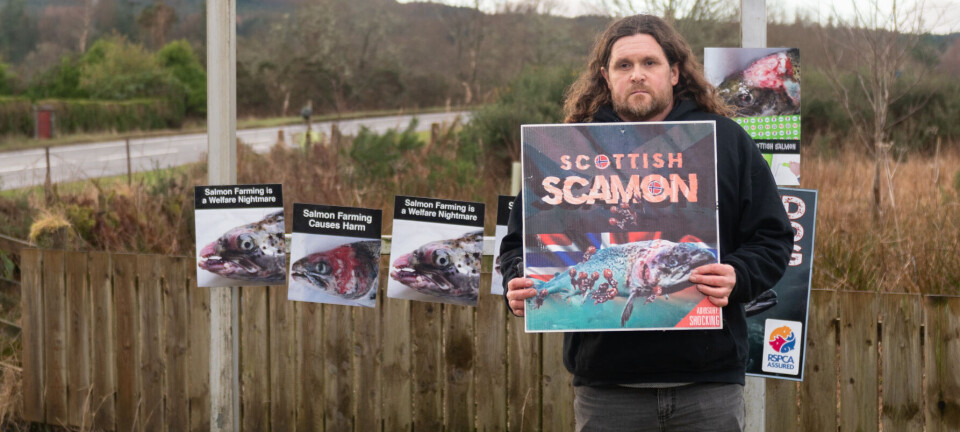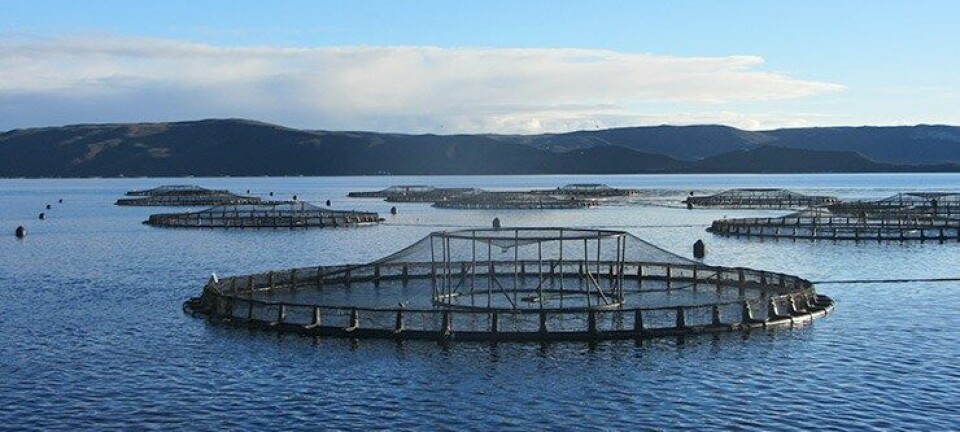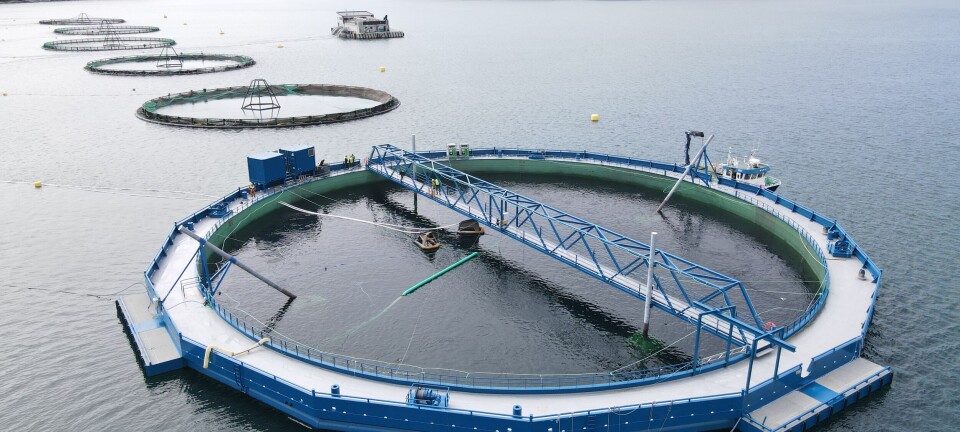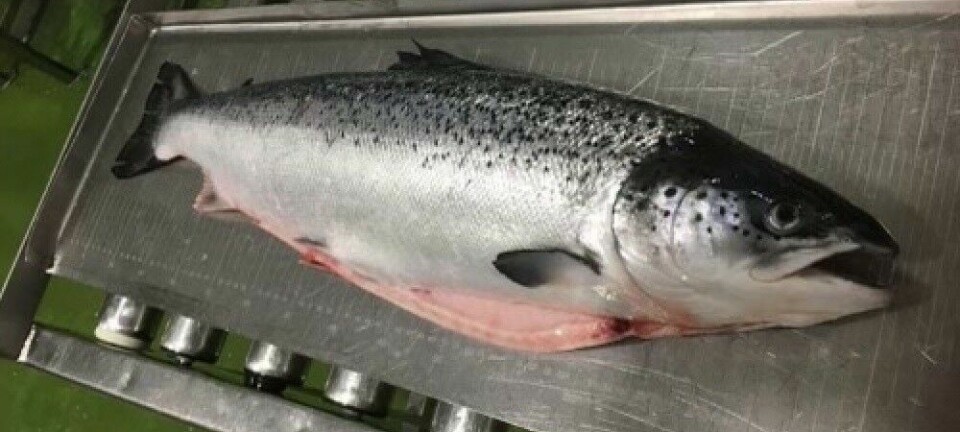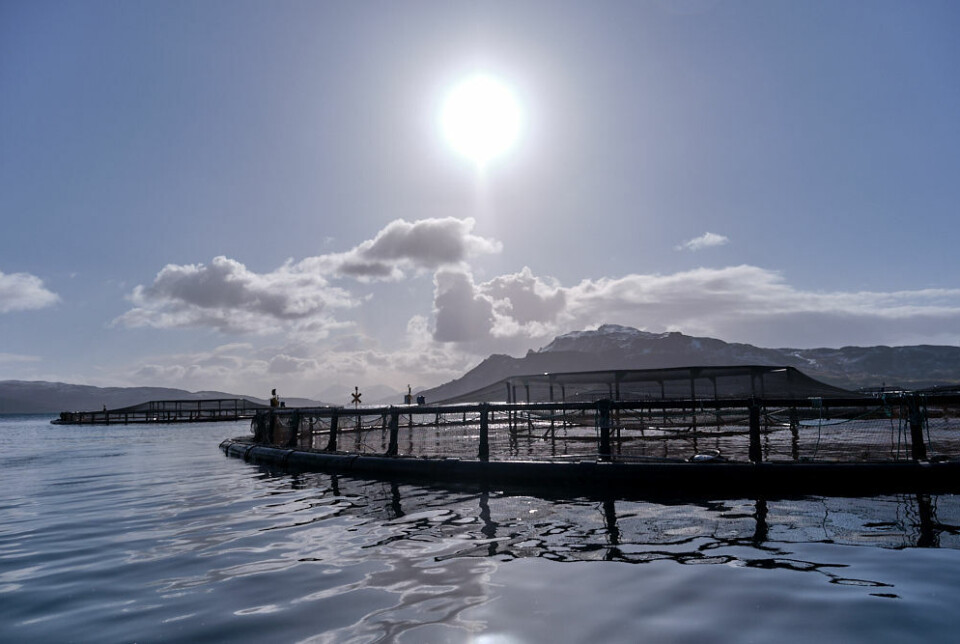

'No grow' orders proposed for Scottish fish farms with high mortality
Committee says regulators should have option to halt production at sites with persistant problems
The Scottish Government should provide powers to regulators to limit or halt production at fish farms which record persistent high mortality rates, a committee of MSPs has said.
The suggestion is the stand-out recommendation in a newly published report by the Scottish Parliament’s Rural Affairs and Islands Committee (RAIC) that results from an inquiry into Scotland’s salmon farming sector last year.
The committee also wants:
- publication of more comprehensive and transparent mortality figures
- a quicker end to use of in-feed lice medicine emamectin benzoate
- more research on environmental impacts of farms, paid for by salmon farmers
- baseline standards for the welfare of farmed fish
- a ban on the siting of farms near wild salmon known migratory routes
- a quicker process for relocating farms
The recommendation to give the Fish Health Inspectorate or another appropriate body the power to halt production reflects concern from RAIC that the average rate of mortality as a percentage of salmon smolts harvested has remained at around 25% for several years, although December 2024 figures due from farmers are expected to show that survival last year improved.
Farmed salmon survival in Scotland is lower than in Norway, although much better than 98%-plus mortality rate for wild salmon who go to sea but never make it back to their natal rivers to breed.
RAIC’s recommendations cover several subject areas: fish mortality; impact of salmon farms on the marine environment; farmed fish welfare; sea lice; data and transparency; wild salmon; and planning.
Mortalities
On the issue of mortality, RAIC recommends that the Scottish Government establishes a research project focused on testing and improving the modelling of environmental conditions that are known to cause high mortality events on salmon farms, to provide early warning to farmers and inform technological solutions and approaches to husbandry to mitigate die-offs.
RAIC also wants to see the publication of comprehensive, consistent and transparent mortality figures that include the number of fish at a farm, the freshwater and seawater mortality, per facility, with accurate numbers of dead salmon, wrasse, and lumpsuckers per week and with cumulative mortality totals at the end of each production cycle.
Committee members also want publication of an annual fish health report detailing the health and welfare status of all farmed finfish in Scotland.
Environment
RAIC wants the Scottish Government to consider an expedited timetable for the introduction of a much lower limit for the use of in-feed lice treatment, emamectin benzoate (marketed as Slice), rather than the planned four-year implementation period. The call comes despite evidence to the committee from fish farmers hat such a move would reduce levels to an impractically low limit and contradict RAIC’s desire to reduce mortality levels.
RAIC also wants further research to address the significant gaps in knowledge, data, analysis and monitoring around what it says is the adverse risk of salmon farming on the marine environment, especially around discharges from farm pens and the use of medicines.
It wants the Scottish Government to work with industry and academia to establish dedicated research pens, with industry footing some of the bill.
Fish welfare
RAIC wants additional regulations and official guidance under the Animal Health and Welfare (Scotland) Act 2006 to set specific baseline standards for the welfare of farmed fish.
And it wants to be updated by the Scottish Government in relation to the ethics and welfare implications of the use of cleaner fish – ballan wrasse and lumpfish - to manage sea lice infestations.
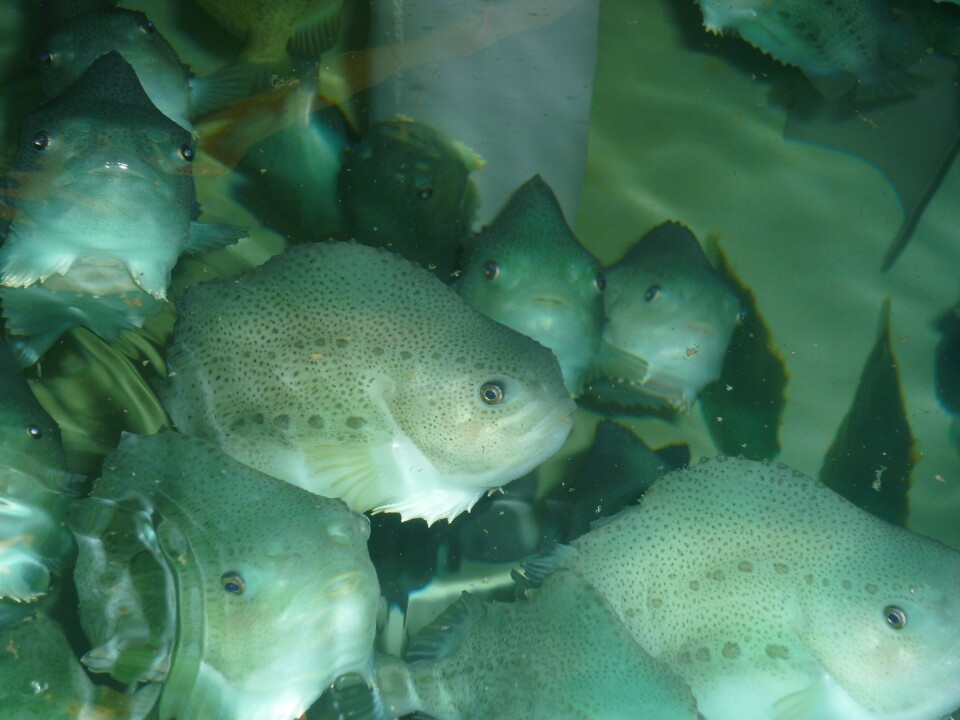
Sea lice
RAIC wants stricter conditions for ‘no counts’ (when salmon farms don’t return a weekly sea lice count to the Fish Health Inspectorate) for the accepted reasons of stock that is subject to treatments or being held for harvest.
Data and transparency
The MSPs are asking the Scottish Government to prioritise upgrading and improving of the Scotland’s Aquaculture website to make data more accessible and user friendly.
Wild salmon
RAIC wants the Scottish Government to publish a timetable for implementing the outstanding 42 recommendations of the Salmon Interactions Working Group report as a matter of urgency.
The committee also perpetuates the narrative that salmon farms are a threat to wild salmon. It wants a memorandum of understanding between the Scottish Environment Protection Agency (SEPA) and other relevant bodies to ensure a coordinated approach to managing what it says are the impacts of farmed salmon on wild salmon.
It further calls for an immediate end to the siting of farms in the close vicinity of known migratory routes for wild salmon.
Planning
RAIC wants the Scottish Government to address concerns about the slow progress in tackling issues with planning and consenting process, especially regarding relocating existing farms.
The committee also asks the Scottish Government to ensure that communities share the benefits of salmon farms sited in their locality, through consultation with stakeholders and affected communities.
A clear timetable
RAIC’s inquiry looked at progress made in the salmon sector and the implementation of recommendations made in November 2018 after a previous inquiry by RAIC’s predecessor, the Rural Economy and Connectivity (REC) Committee.
It wants the Scottish Government to provide a clear timetable setting out how both the outstanding 2018 recommendations, and its own recommendations, will be implemented within the next year. It will revisit progress made on issues raised in the report in one year and may make further recommendations at that time.
RAIC convener Finlay Carson said the committee recognised the importance of the salmon farming industry to the Scottish economy and the jobs it supports in many rural and island communities.
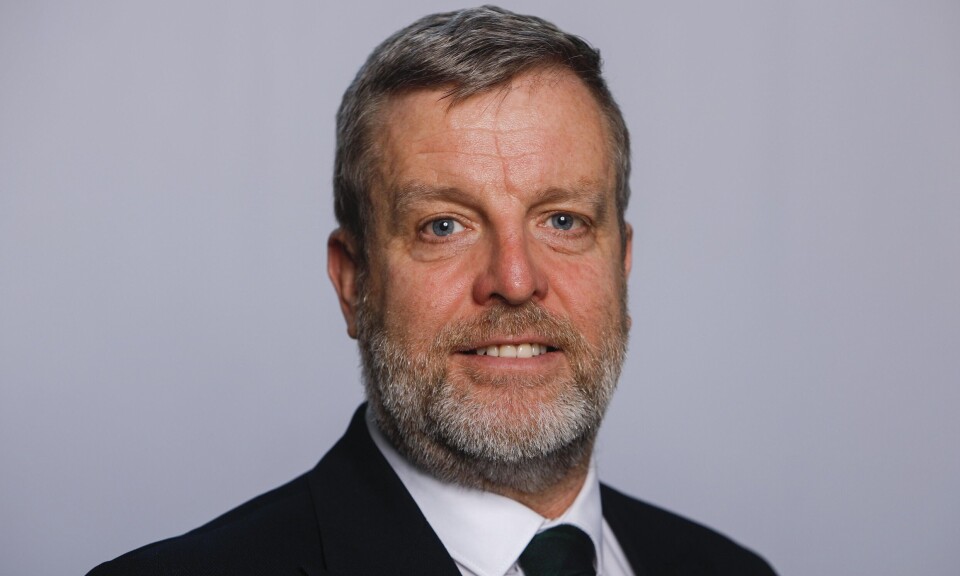
Polarised views
“We also realise the efforts made by the industry to invest and innovate to overcome the new and unpredictable challenges it faces,” said Carson, Conservative MSP for Galloway and West Dumfries. “But further progress should have been made in implementing the REC Committee’s recommendations of 2018 as well as anticipating the impact of climate change and rising sea temperatures on the industry. This would have helped address some of the polarised views the industry is currently facing in relation to the production process.
Ultimately, it is the Scottish Government’s role, as well as the industry’s, to drive the change agenda
Finlay Carson
“Ultimately, it is the Scottish Government’s role, as well as the industry’s, to drive the change agenda required to allow science, research and the regulatory landscape to keep pace with the rapidly changing marine environment.
“That is why we are calling for the Scottish Government to redouble its focus on regulatory issues to ensure that this industry, which is so important to the Scottish economy, is both future-proofed and enabled to grow sustainably.”
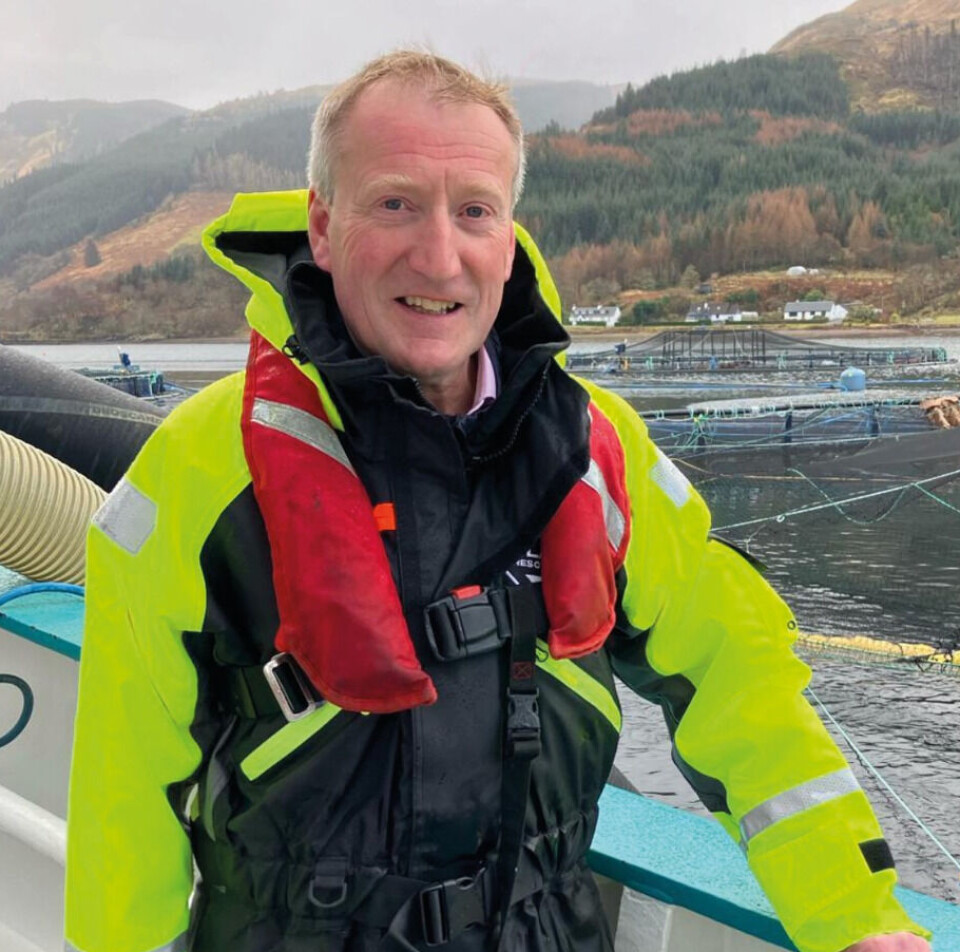
Strict regulation
Tavish Scott, chief executive of trade body Salmon Scotland, said: “Scottish salmon farms already have world-leading welfare and environmental standards and are subject to strict regulation, but we continue to innovate which is why survival rates are at a four-year high, sea lice levels are at a historic low, and consumer sales of our nutritious fish are on track to break all records.
“We engaged constructively with MSPs to provide evidence of the significant progress our sector has made, and we note that most of their recommendations are for the Scottish Government.”
According to Salmon Scotland, the average monthly survival rate on Scottish salmon farms stands at 98.52% in the 11 months to November 2024. This is different to the cumulative rate for a full farming cycle.
The average weekly lice count for 2024 (all farms, all weeks, all data, adult female lice) was 0.42 average per fish.








